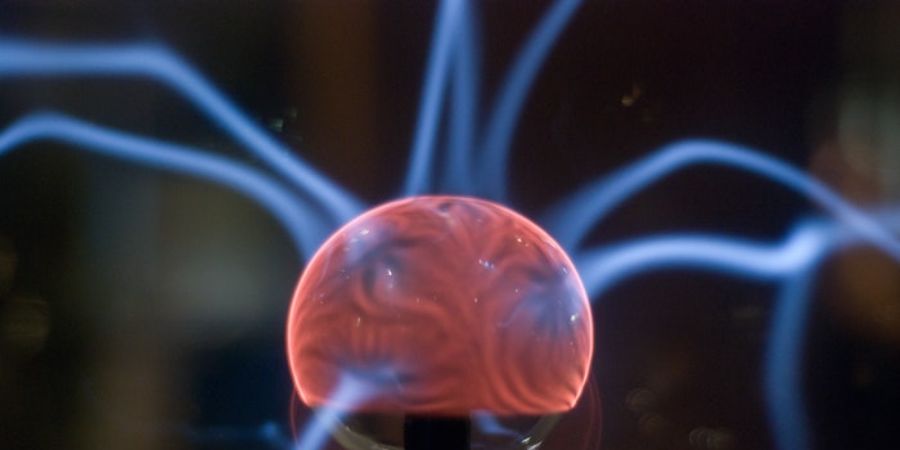

To produce electricity, some form of energy must be used to bring about the action of electrons. the six basic sources of energy that can be used are FRICTION, PRESSURE, HEAT, LIGHT, MAGNATE, AND CHEMICAL ACTION .before getting into the study of these sources, you will first find out about electric charge.
Electric charge:-
You find that electrons travel around the nucleus of an atom and are held in their orbits by the attraction of the positive charge in the nucleus if you could somehow force an electron out of its orbits, then the electron's action would become what is known is electricity.
Electrons that are forced out of their orbits in some way will leave a lack of electrons in the materials which they leave and will cause an excess of electrons to exit at the point where they come to rest. this excess of electrons in one material is called a “negative charge” will the lack of electrons in the other material be called a “positive charge” change. when these charges exit you have what is called “static” electricity.
To cause either a “positive” or "negative" charge, the electrons must be moved while the “positive” charge in the nucleus does not move .any material which has a “positive charge " will have its normal numbers of “positive” charges in the nucleus but will have electrons missing or lacking. however, a material that is negatively charged actually has an excess of electrons.
You are now ready to find out how friction can produce this excess or lack of electrons to cause static electricity.
Static charge from friction:-
You have studied the electron and meaning of “positive” or "negative" charge so that you are now ready to find out how these charges are produced. the main source of static electricity which you will use is friction. if you should rub two different materials together, electrons may be forced out of their orbits in one material and capture the other.

The material which captures electrons would then have a negative charge and the materials which lose electrons would have a positive charge. when to material together rub due to friction contact, some electrons orbits of the materials cross each other, and one material may give up electrons to the other.
If this happens static charge is built up in the two materials, and friction thus has been a source of electricity. the charge that you might cause to exits could be either a “positive” or "negative" charge depending on which materials give up electrons more freely.




